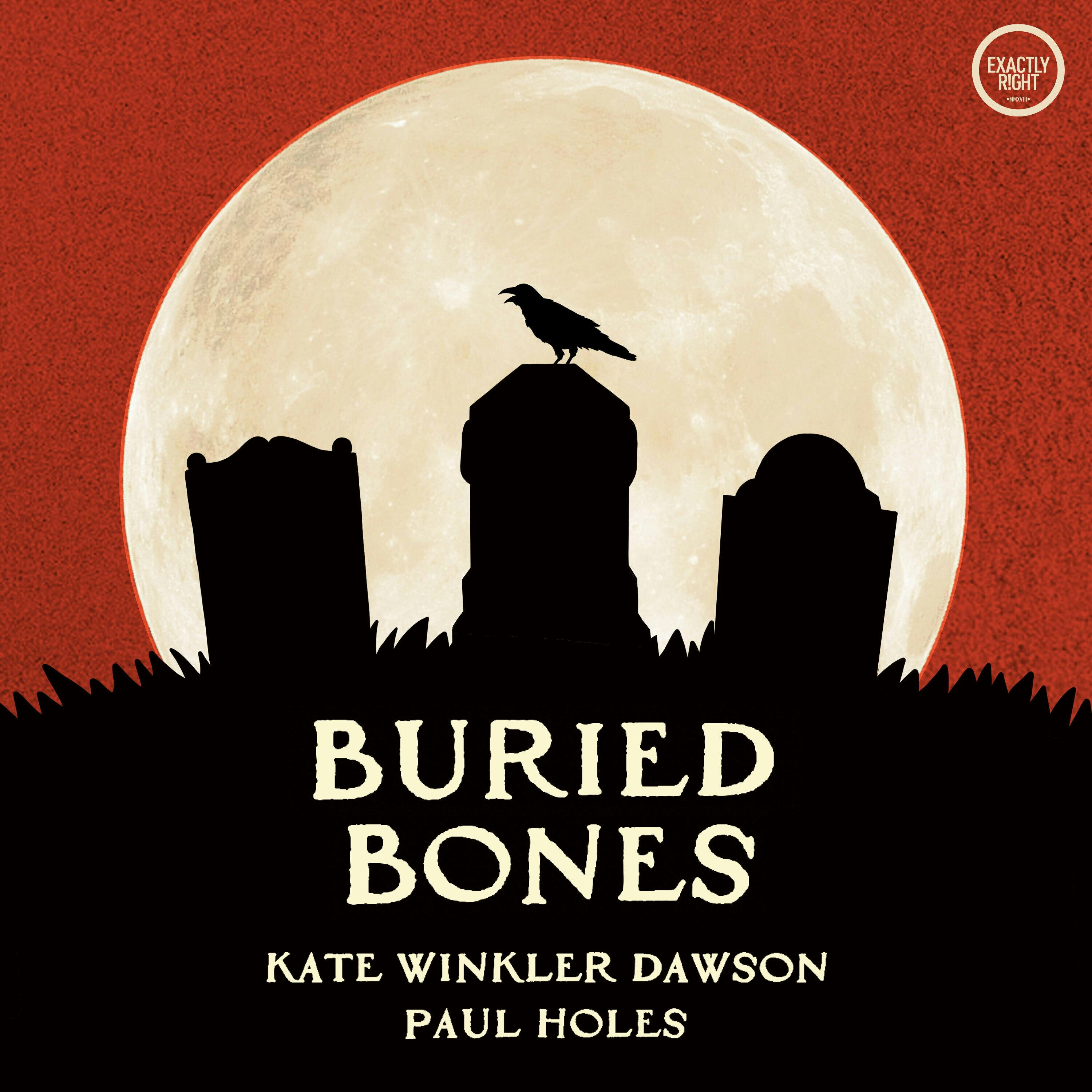The Christmas Mystery
On today’s episode, Paul and Kate take us to 1945 West Virginia where a family of 12 is awoken on Christmas Eve by a fire in their home. An investigation of the scene reveals much more than simply what could have started the blaze.
Press play and read along
Transcript
Transcript is processing—check back soon.
Buried Bones - a historical true crime podcast with Kate Winkler Dawson and Paul Holes — The Christmas Mystery
